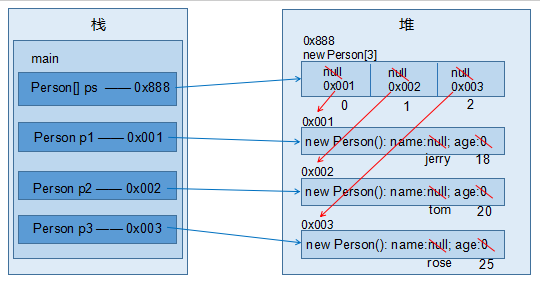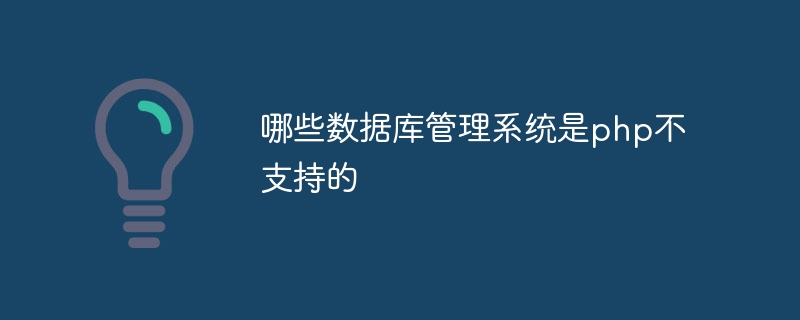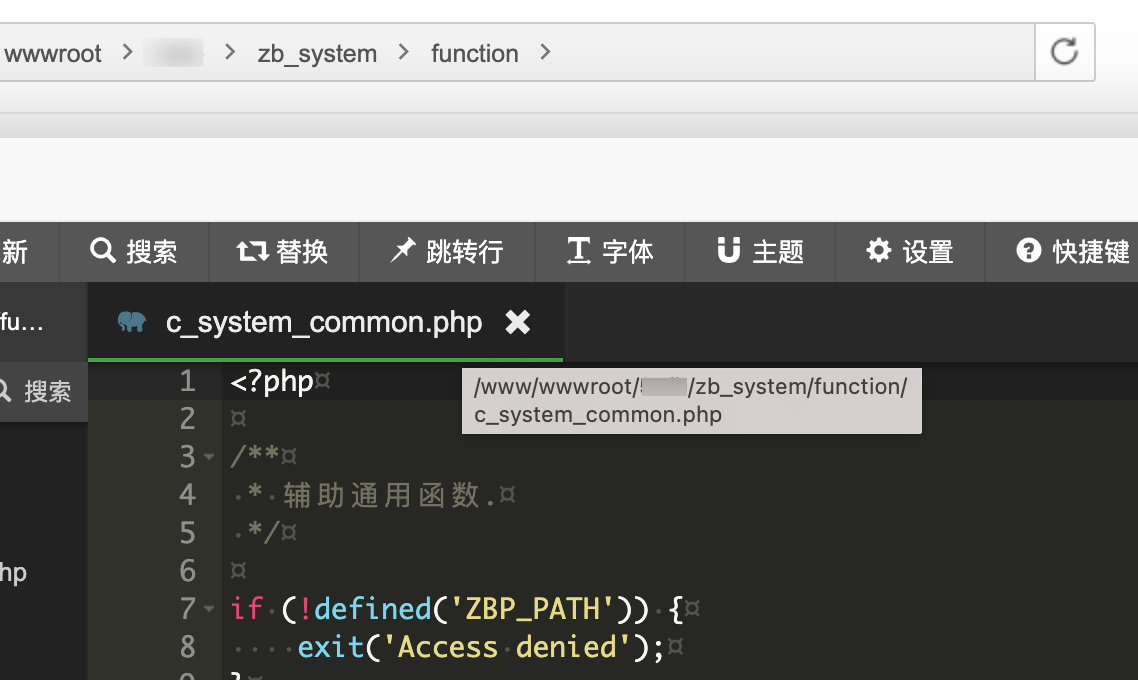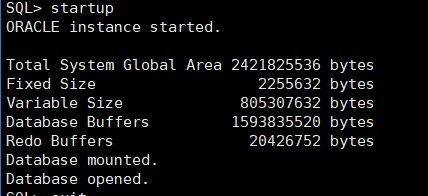Java獲取HTTP請求(Request)的方法與實踐

在Web開發中,處理HTTP請求是核心任務之一,Java提供了多種方法來獲取和處理HTTP請求,本文將詳細介紹如何在Java中獲取HTTP請求,并展示相應的代碼示例。
Servlet技術
Servlet是Java Web開發的基礎,它用于處理客戶端的請求并生成響應,要獲取HTTP請求,您需要使用Servlet API中的HttpServletRequest對象。
1、創建Se[]rvlet類[]:
創建一個繼承自HttpServlet的Servlet類,這個類將處理客戶端的請求。
- import javax.servlet.*;
- import javax.servlet.http.*;
- public class MyServlet extends HttpServlet {
- // 覆蓋doGet方法以處理GET請求
- protected void doGet(HttpServletRequest request, HttpServletResponse response) throws ServletException, IOException {
- // 在這里處理請求
- }
- // 覆蓋doPost方法以處理POST請求
- protected void doPost(HttpServletRequest request, HttpServletResponse response) throws ServletException, IOException {
- // 在這里處理請求
- }
- }
2、獲取請求參數:
在Servlet中,您可以使用HttpServletRequest對象的方法來獲取請求參數。getParameter()方法用于獲取指定名稱的參數值。
- protected void doGet(HttpServletRequest request, HttpServletResponse response) throws ServletException, IOException {
- String name = request.getParameter("name");
- // 在這里處理參數
- }
3、獲取請求頭信息:
HttpServletRequest還提供了獲取請求頭信息的方法,如getHeader()和getHeaders()。
- protected void doGet(HttpServletRequest request, HttpServletResponse response) throws ServletException, IOException {
- String contentType = request.getHeader("ContentType");
- // 在這里處理請求頭信息
- }
使用Java Web框架
除了使用Servlet技術外,Java還提供了許多流行的Web框架,如Spring MVC和Struts,這些框架簡化了HTTP請求的處理過程。
1、Spri[]ng MVC:
在Spring MVC中,您可以使用注解來處理HTTP請求,通過定義一個控制器類并使用@RequestMapping注解,您可以指定處理特定URL請求的方法。
- import org.springframework.stereotype.Controller;
- import org.springframework.web.bind.annotation.*;
- public class MyController {
- public String helloWorld() {
- return "Hello, World!";
- }
- }
在上面的示例中,@RequestMapping("/hello")注解指示當用戶訪問"/hello"路徑時,將調用helloWorld()方法。
2、Stru[]ts:
Struts[]是一個流行的[]Java Web框架,[]它使用Act[]ion類來處[]理HTTP請[]求,要使用S[]truts,[]您需要配置S[]truts配[]置文件(st[]ruts.x[]ml)和編寫[]Action[]類。
在Struts配置文件中,您可以定義Action映射,將URL路徑與對應的Action類關聯起來。
- <struts>
- <package name="default" extends="strutsdefault">
- <action name="hello" class="com.example.HelloWorldAction">
- <result>/hello.jsp</result>
- </action>
- </package>
- </struts>
在上面的配置中,當用戶訪問"/hello"路徑時,將調用com.example.HelloWorldAction類的execute()方法。
這是一個簡單的Action類示例:
- import com.opensymphony.xwork2.*;
- public class HelloWorldAction extends ActionSupport {
- private String message;
- public String execute() {
- message = "Hello, World!";
- return SUCCESS;
- }
- public String getMessage() {
- return message;
- }
- }
在上述示例中,execute()方法處理HTTP請求并設置message屬性,Struts將顯示名為"hello.jsp"的JSP頁面,并在頁面上顯示message屬性的值。
在Java中獲取HTTP請求有多種方法,包括使用Servlet技術和流行的Java Web框架(如Spring MVC和Struts),無論您選擇哪種方法,關鍵是理解如何處理HTTP請求并從中提取所需的信息,通過掌握這些技術,您將能夠構建強大的Java Web應用程序。







評論一下?